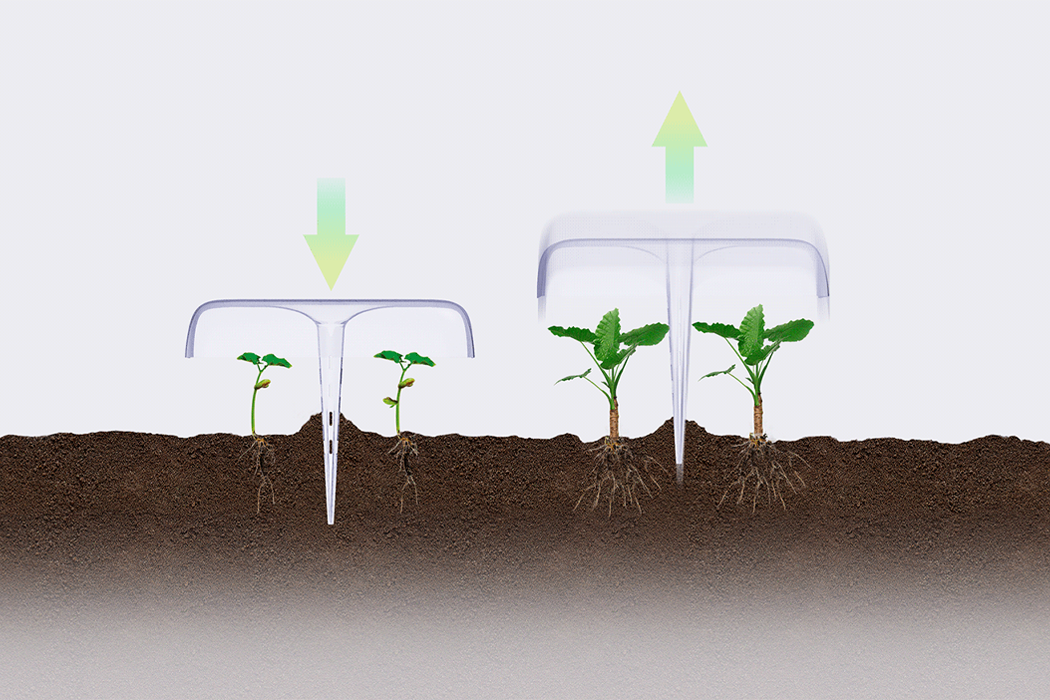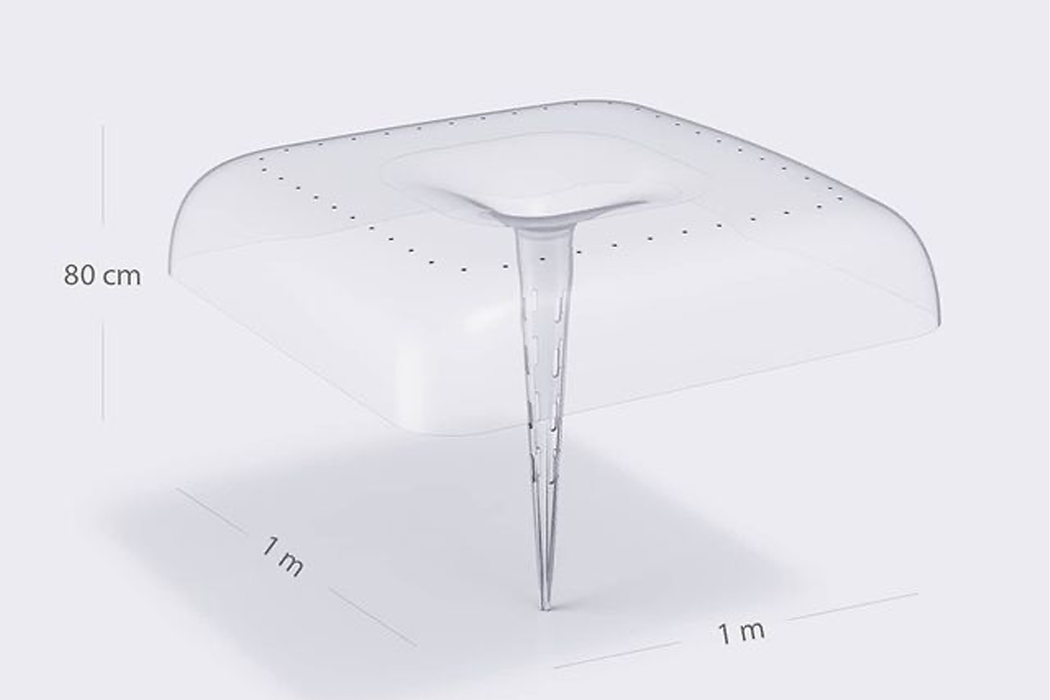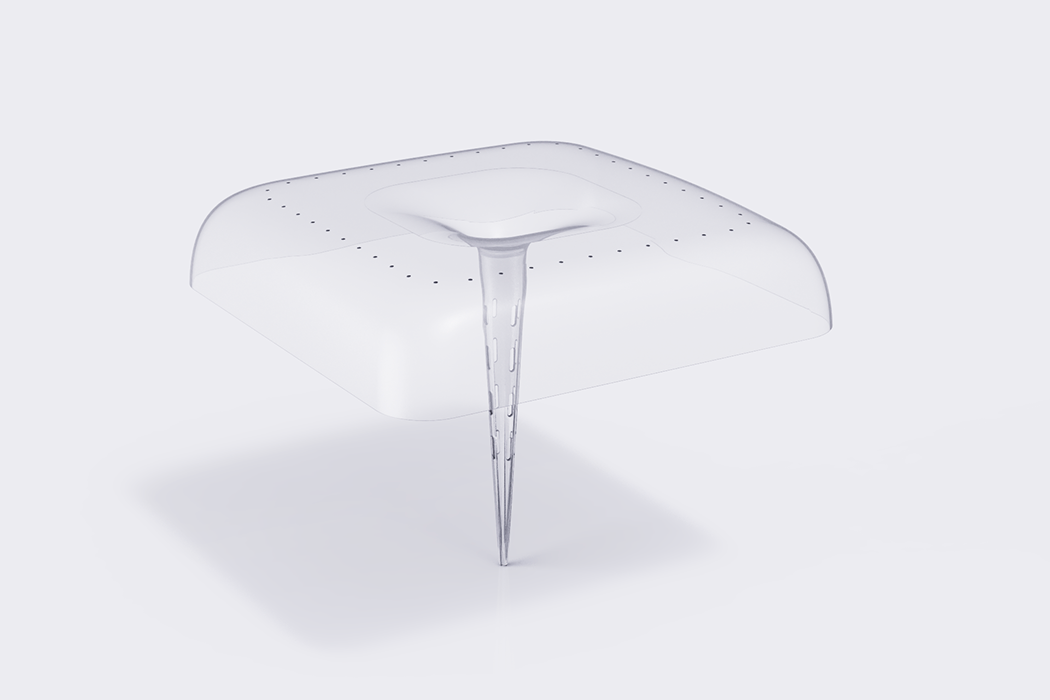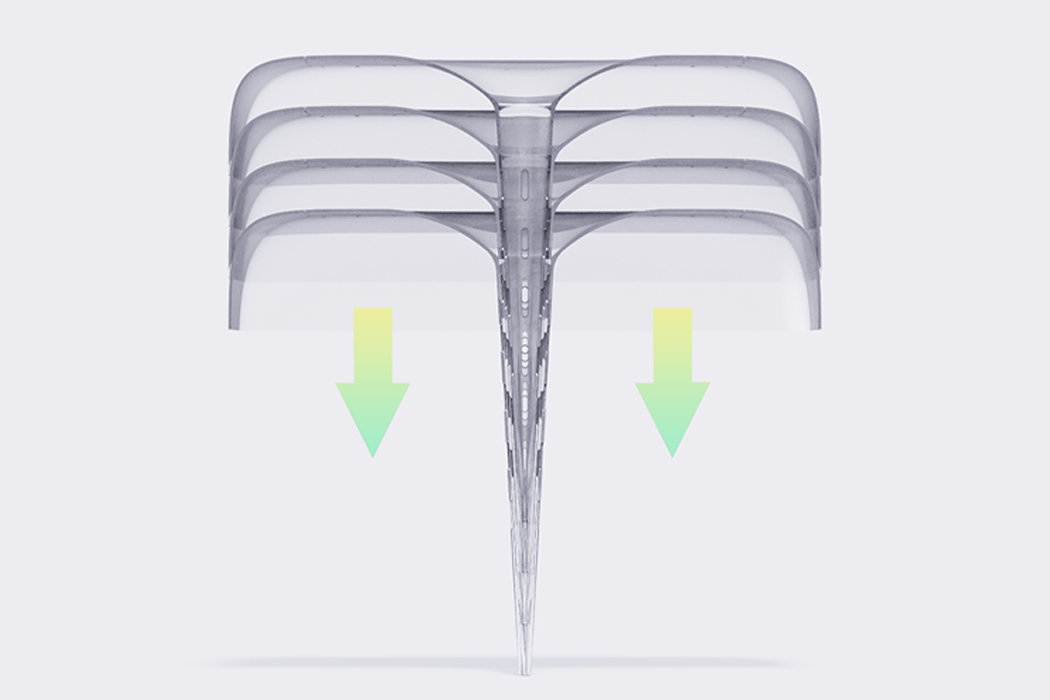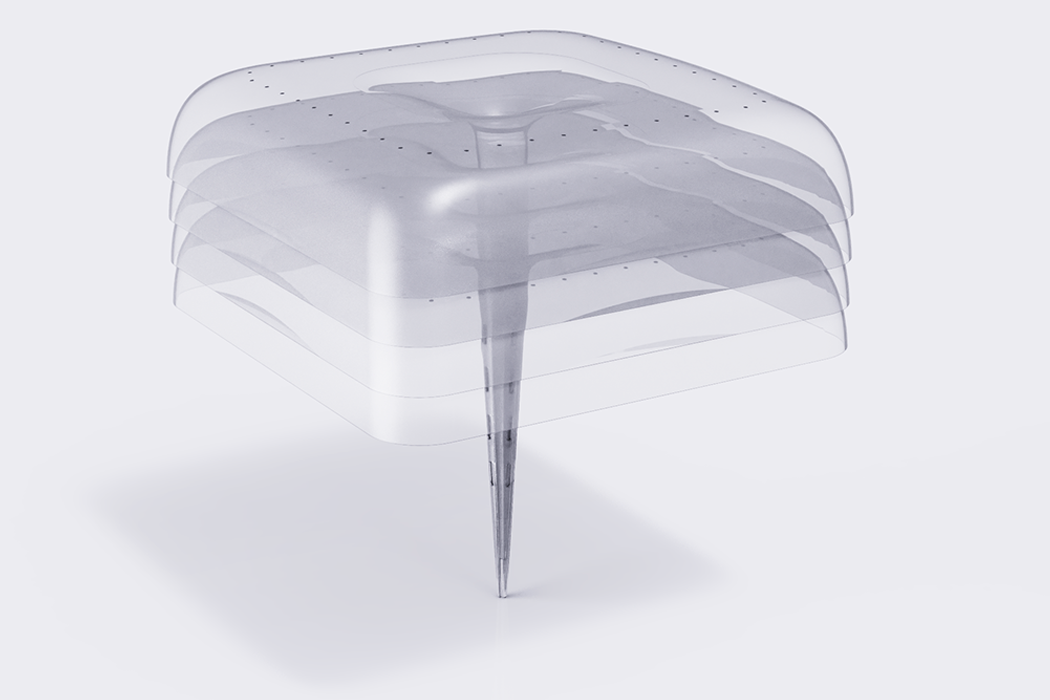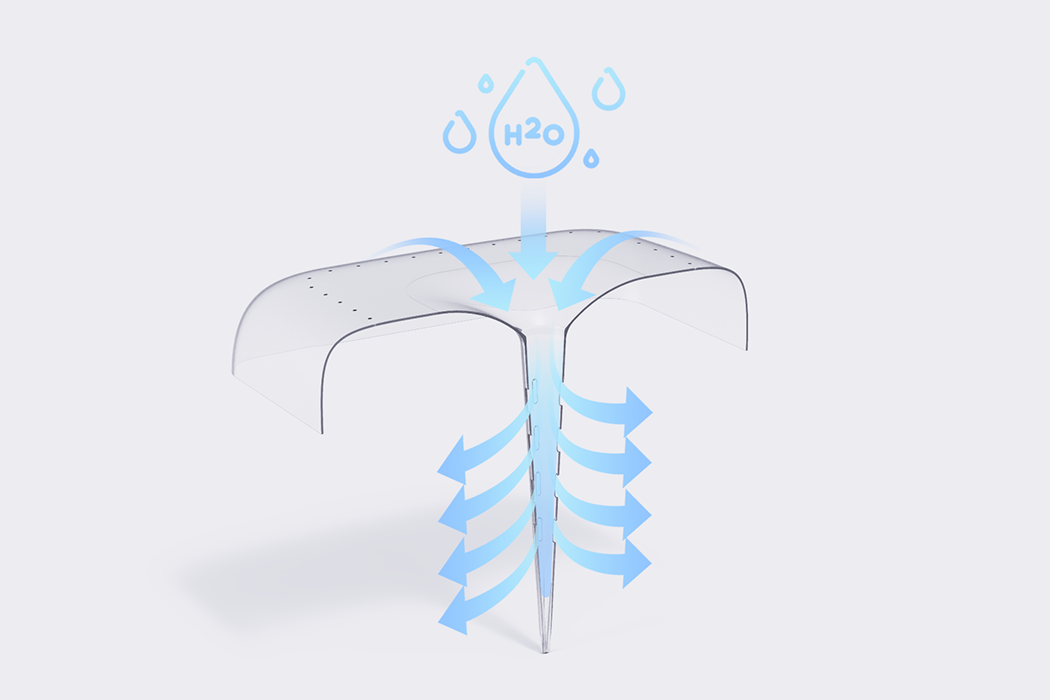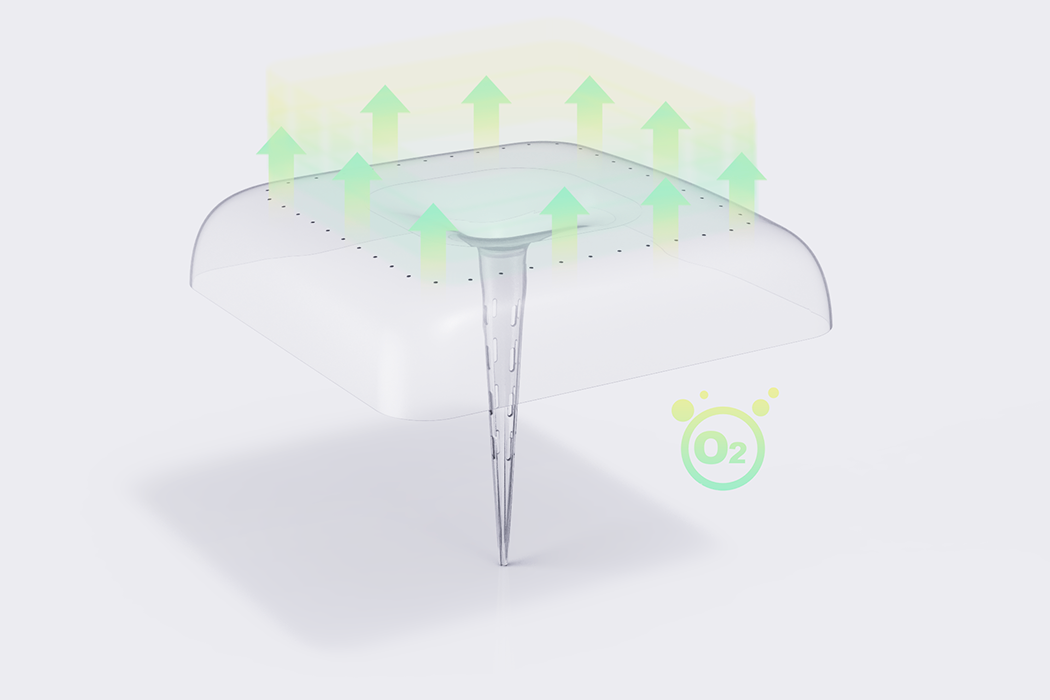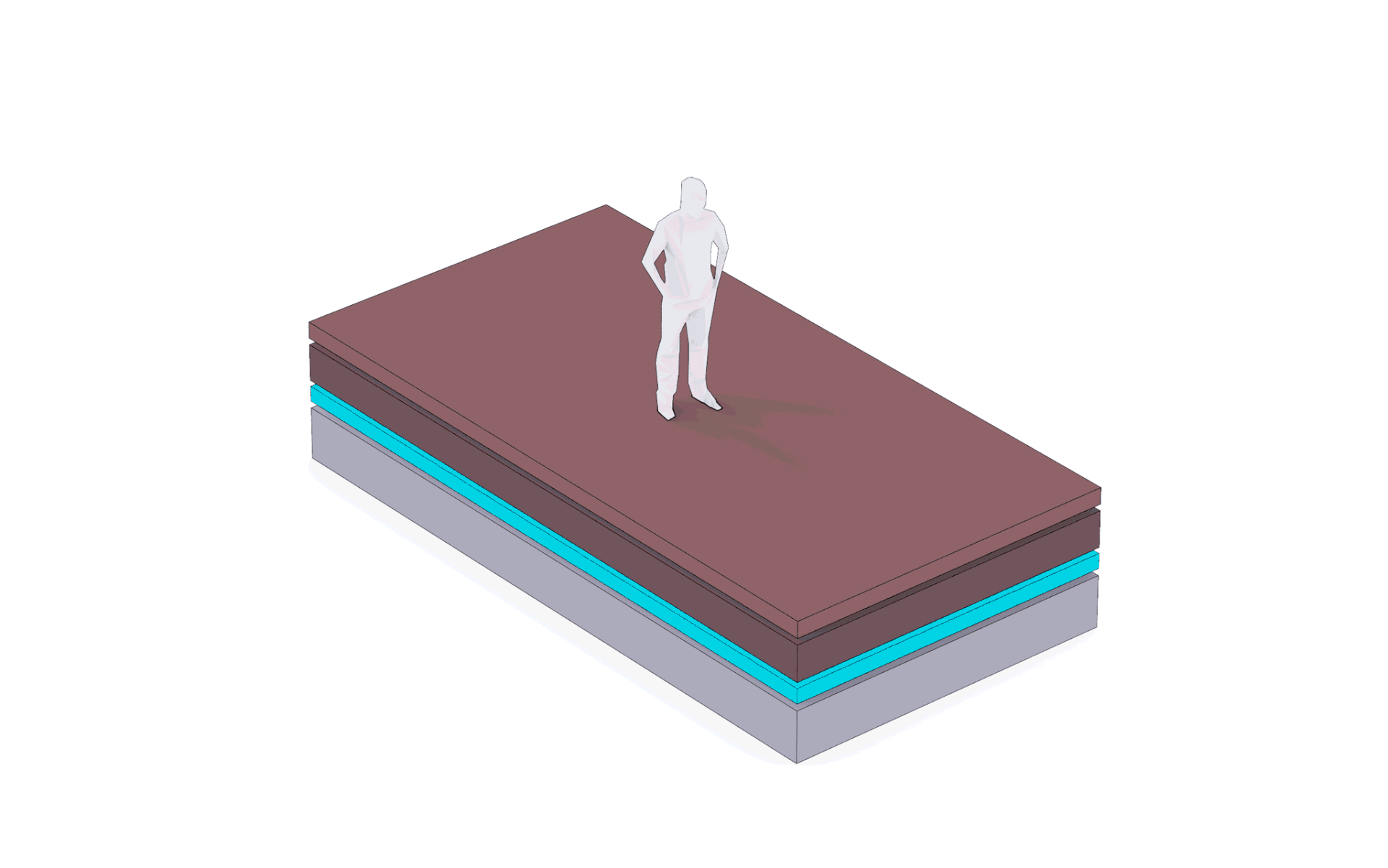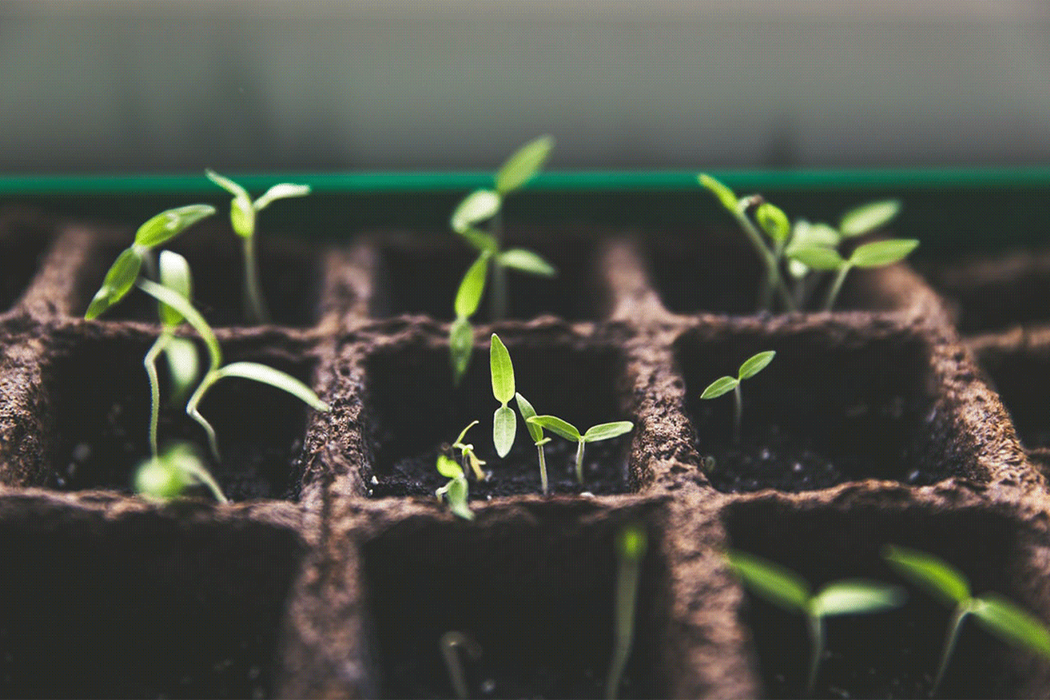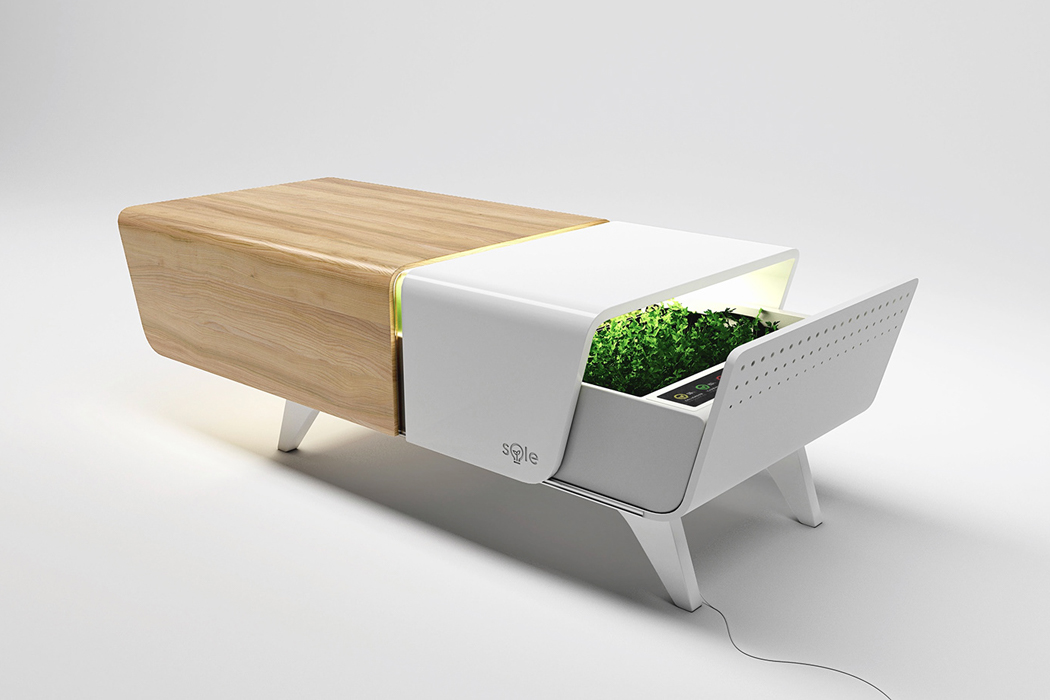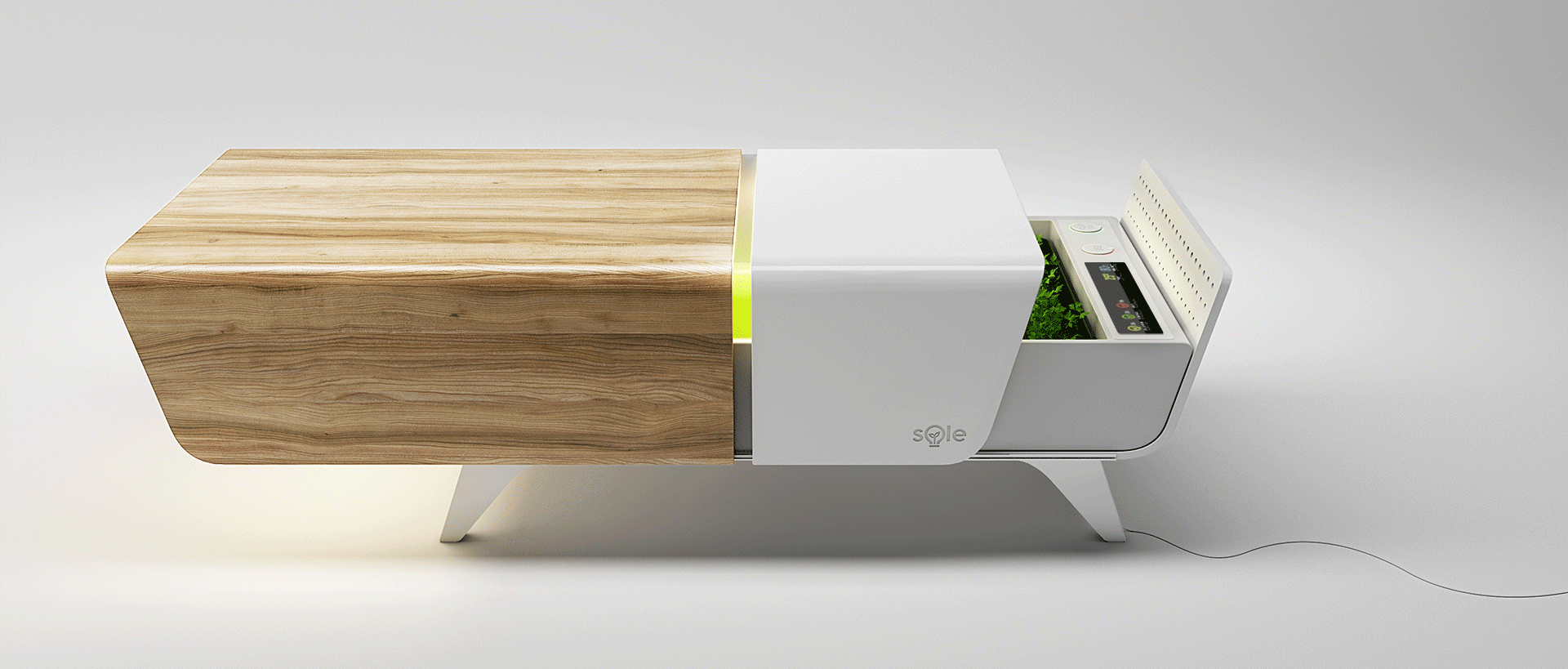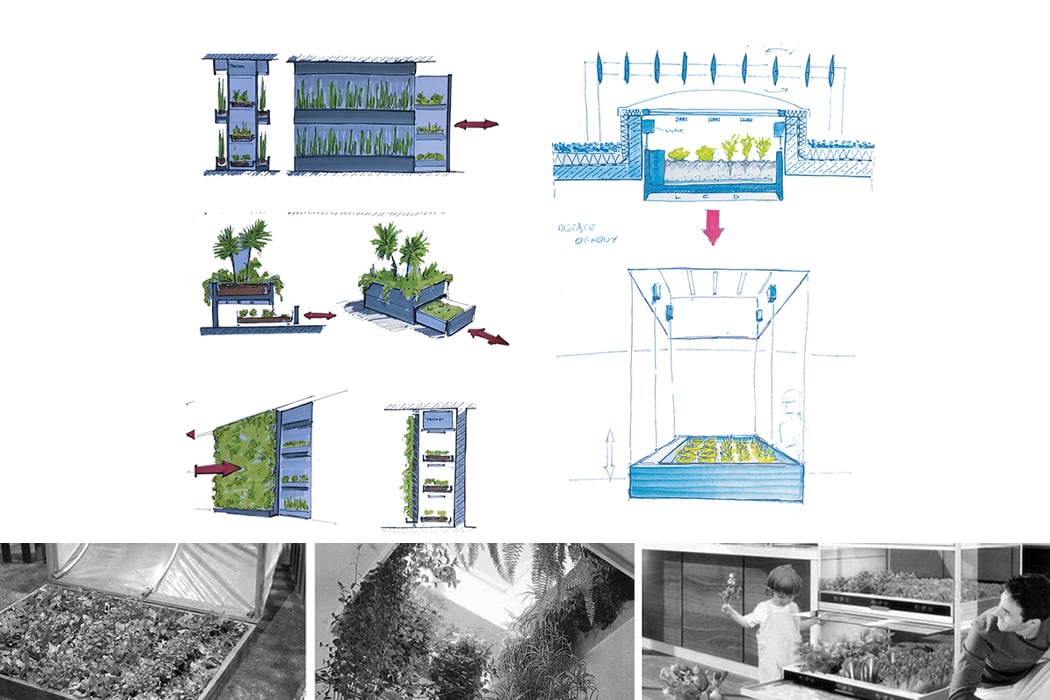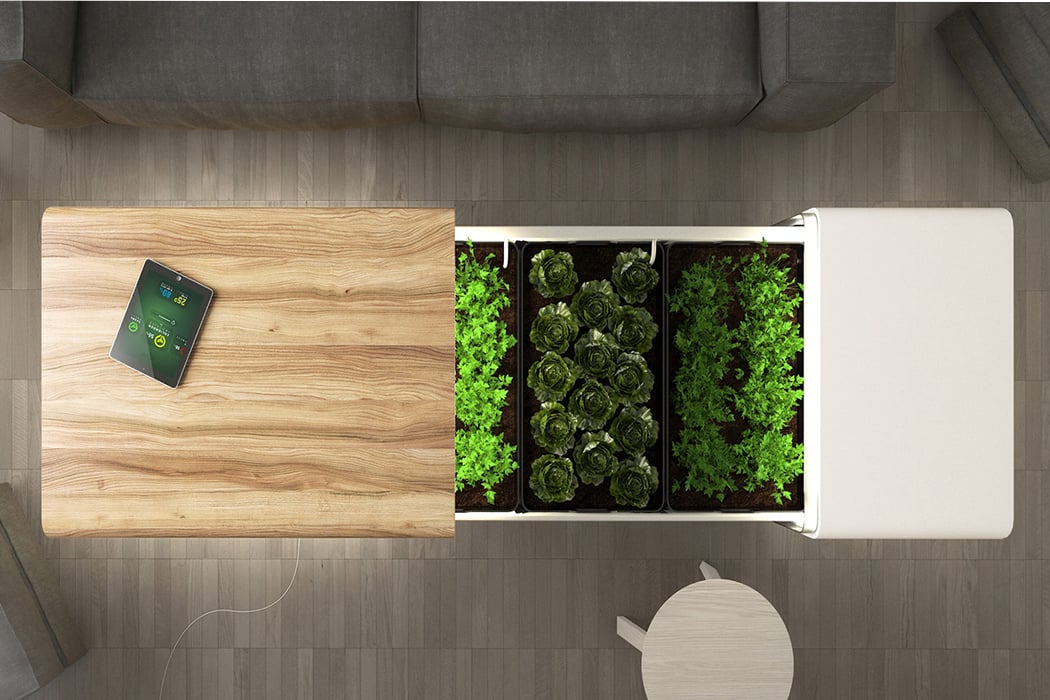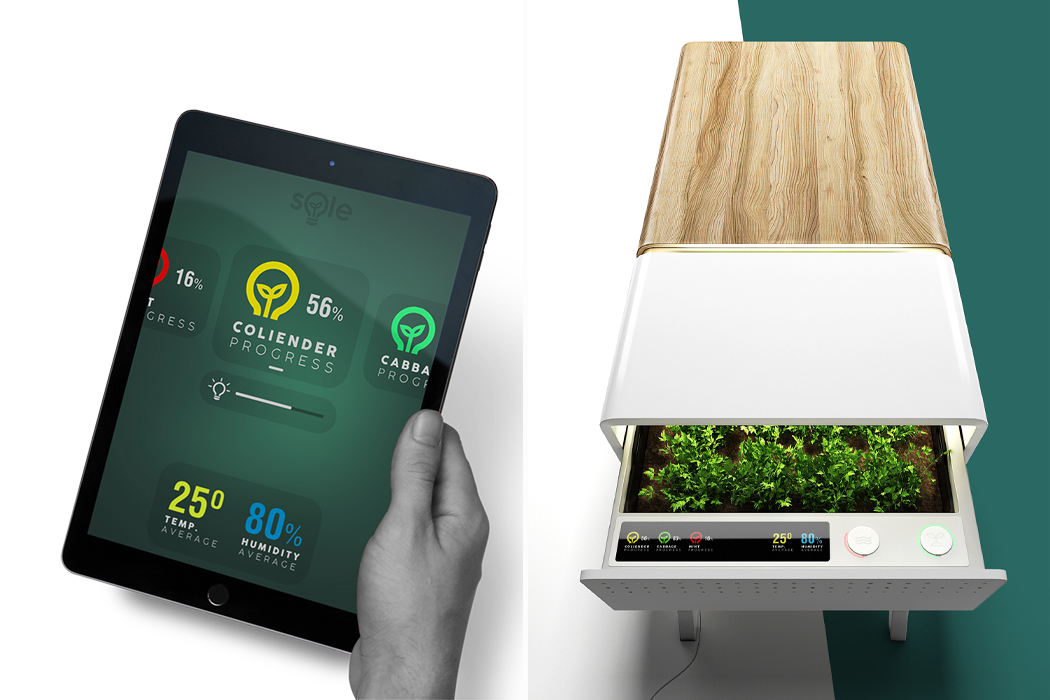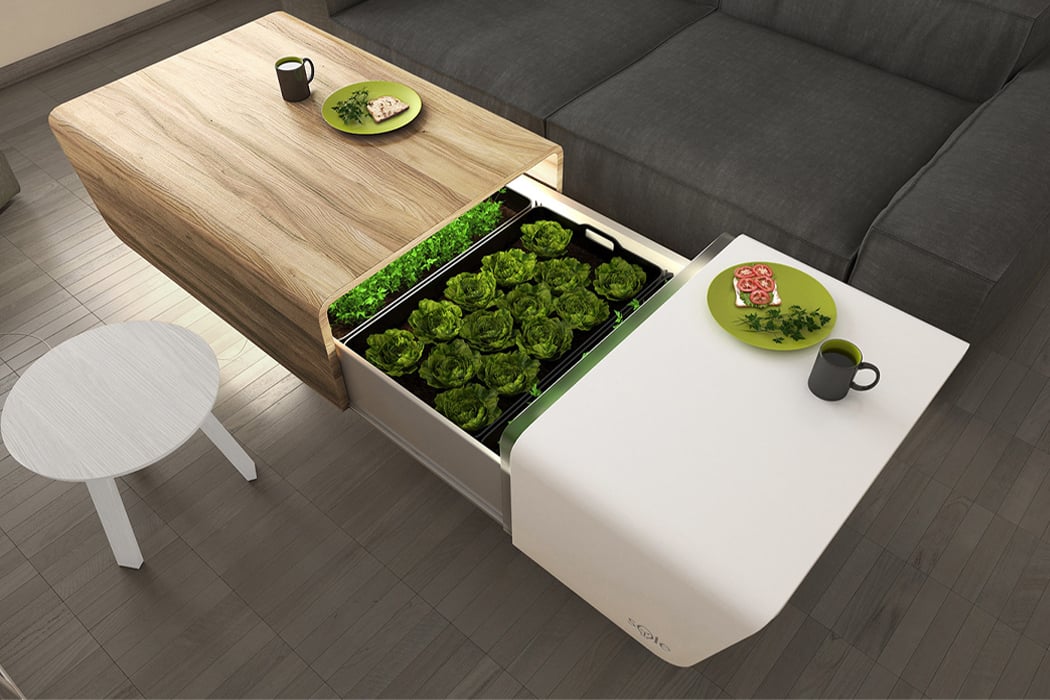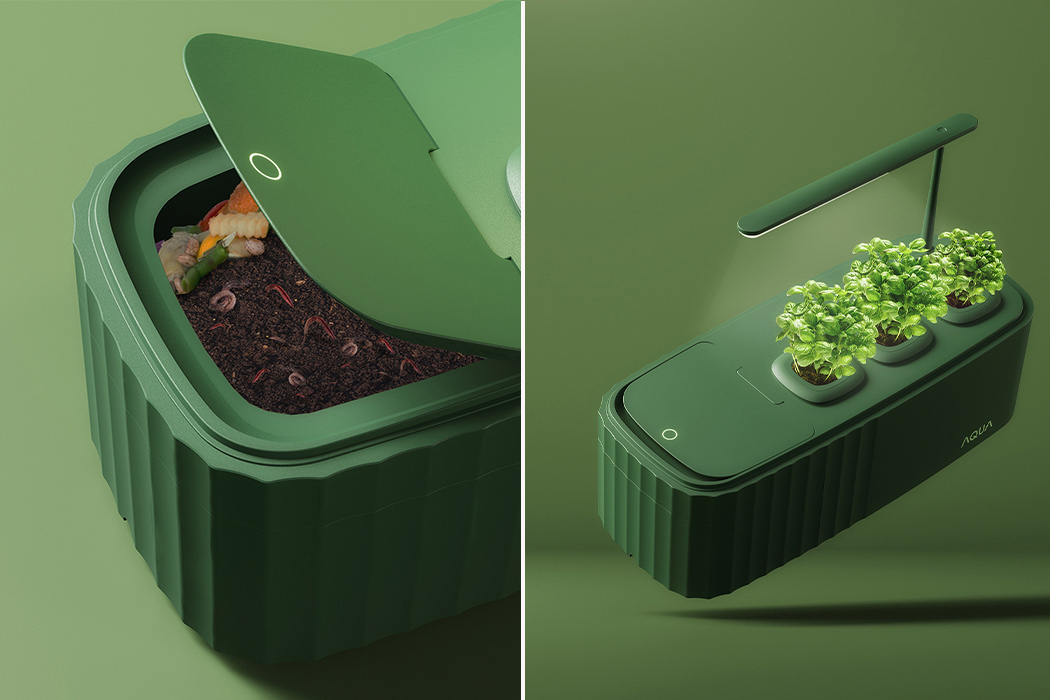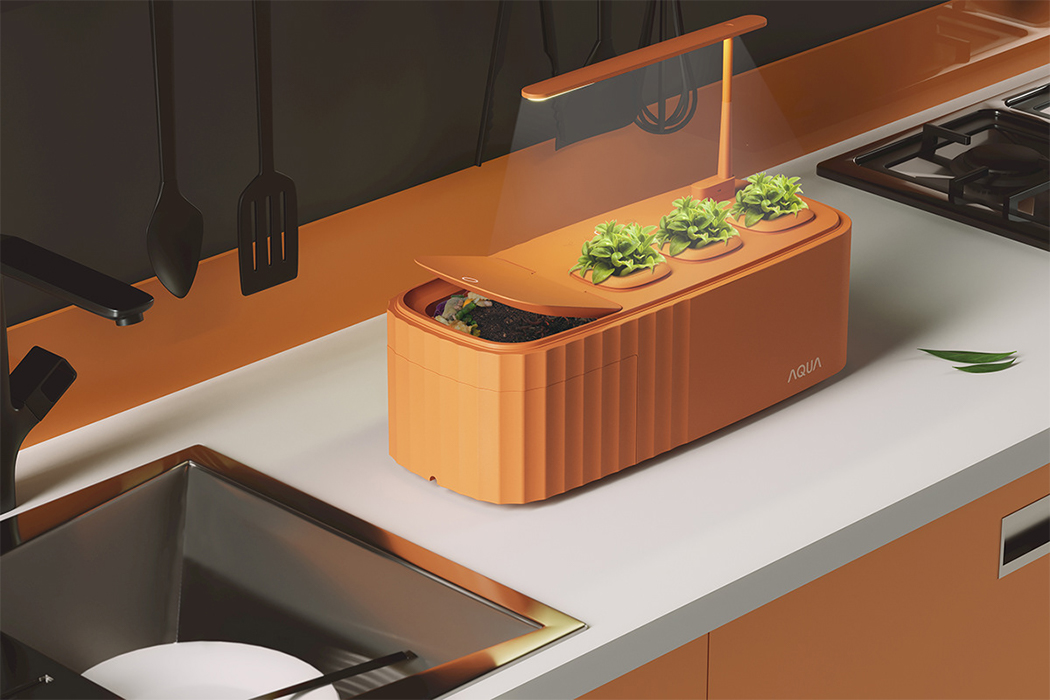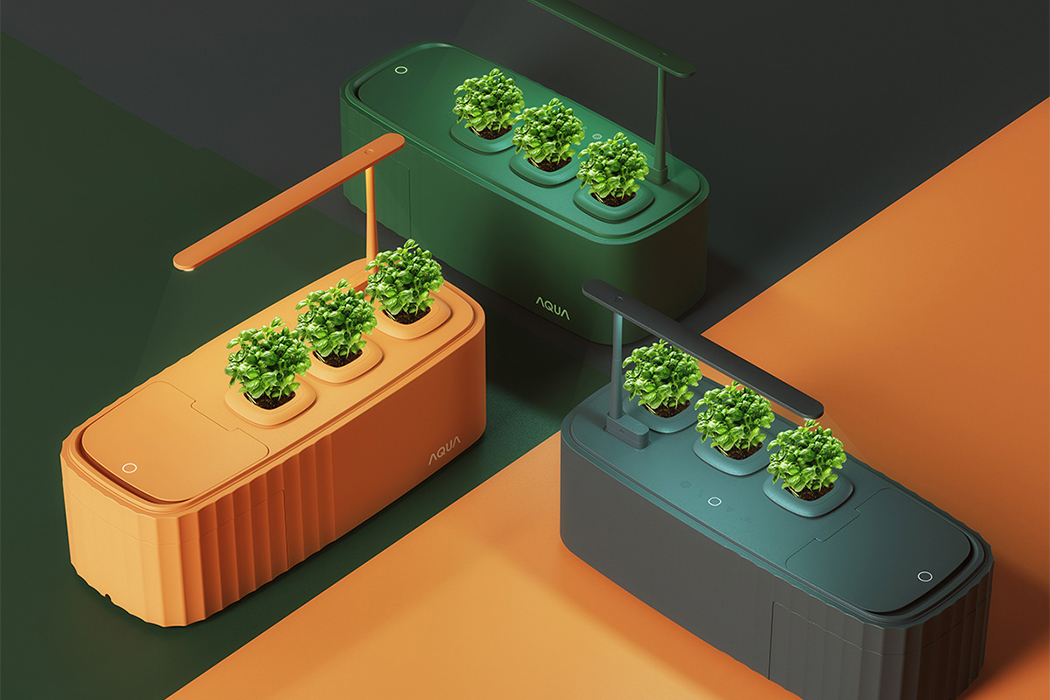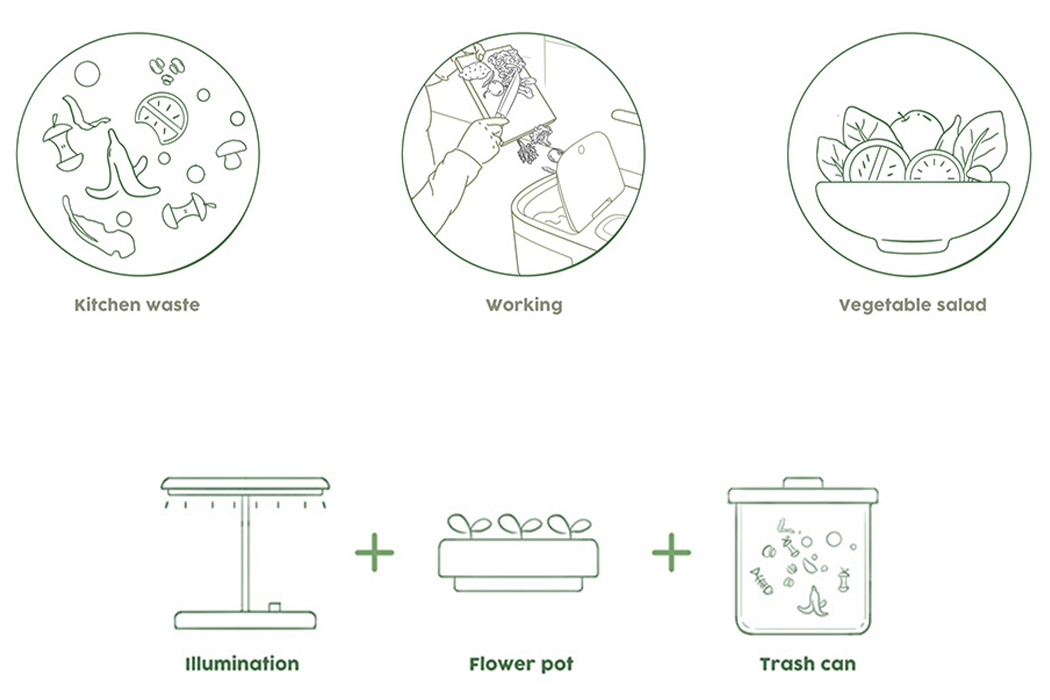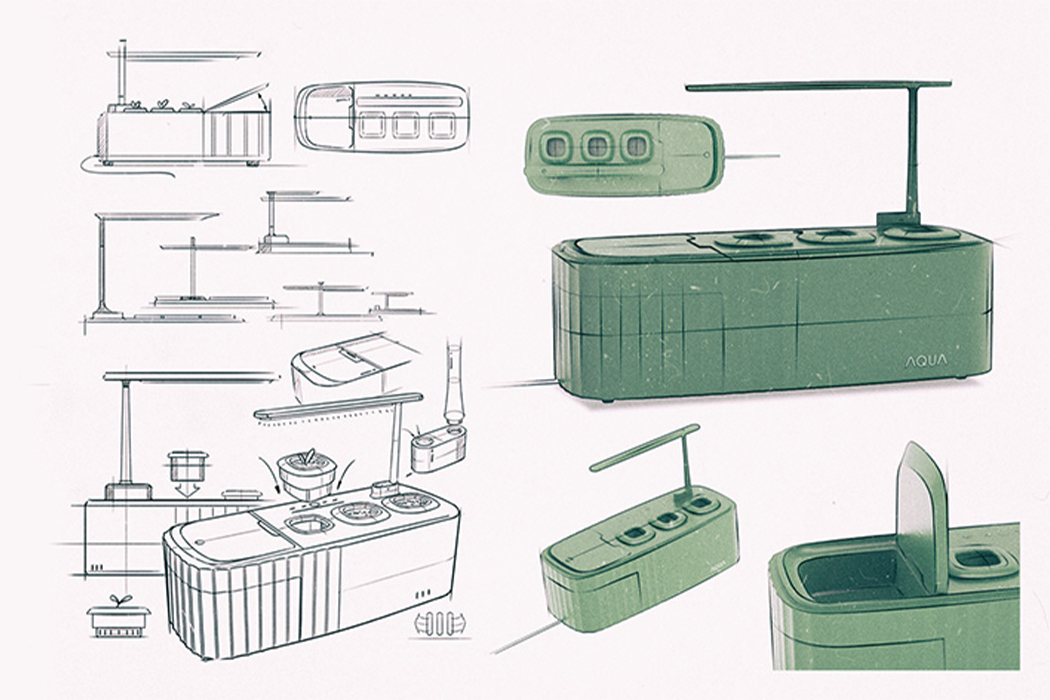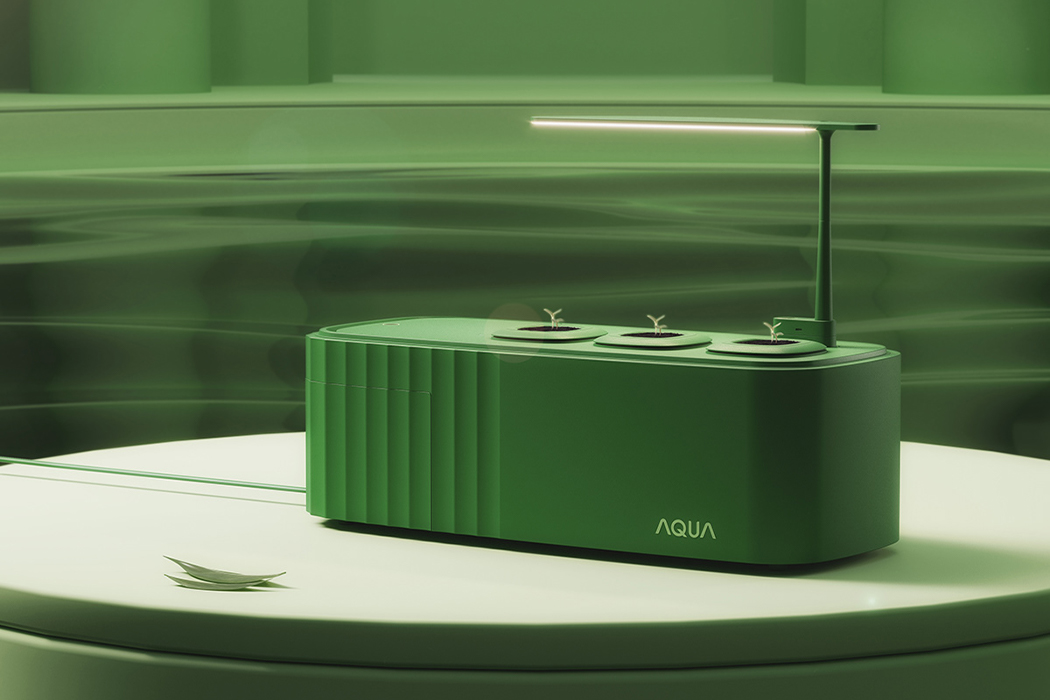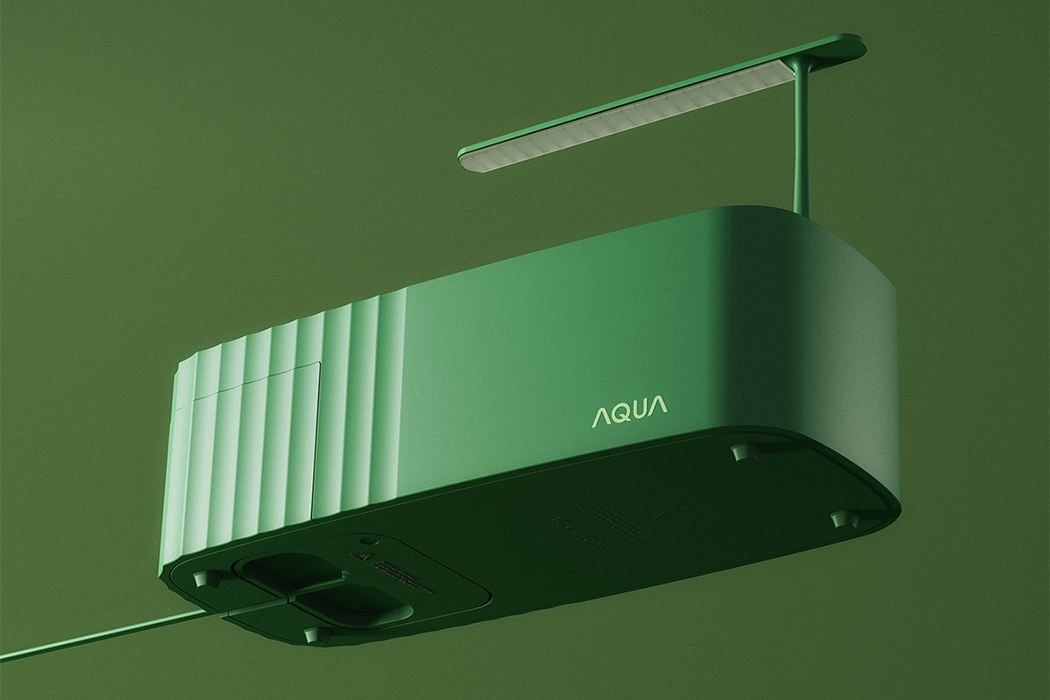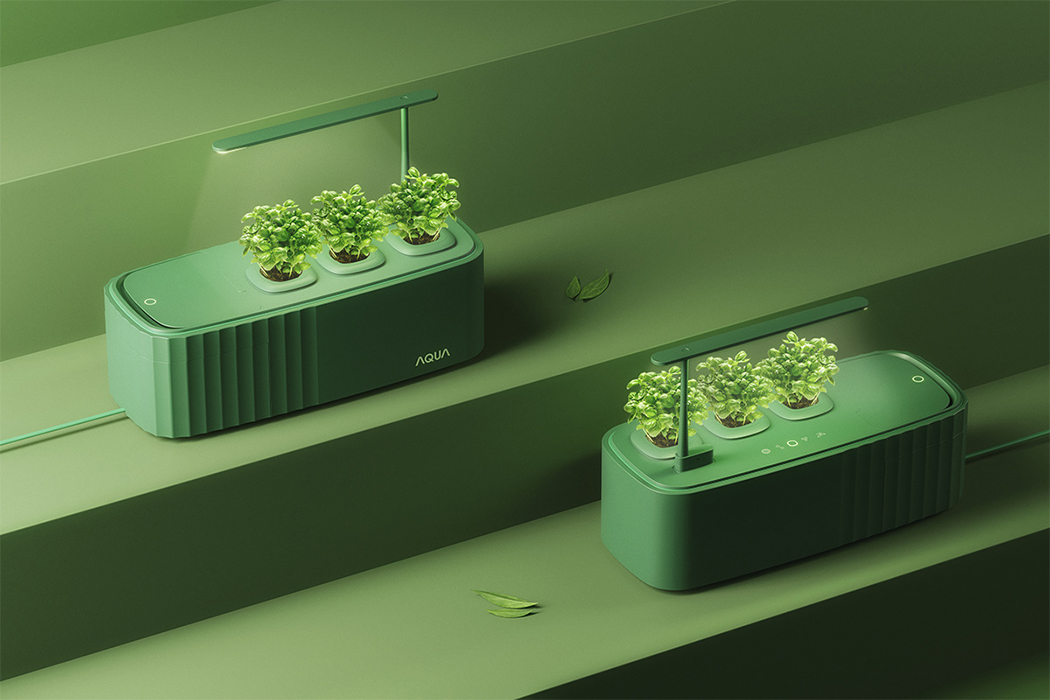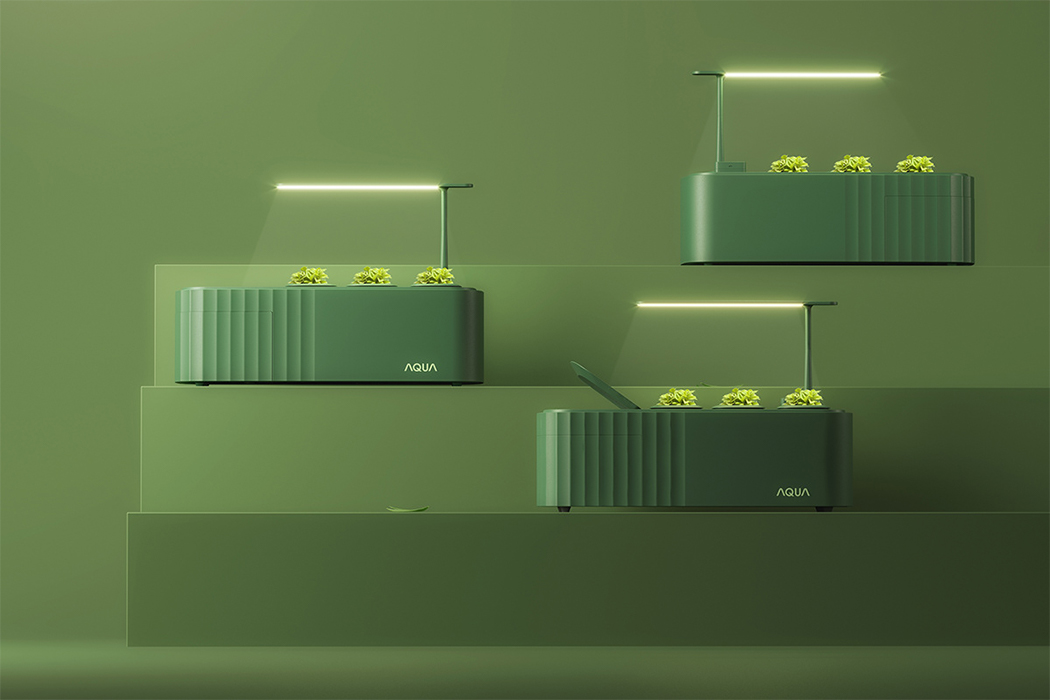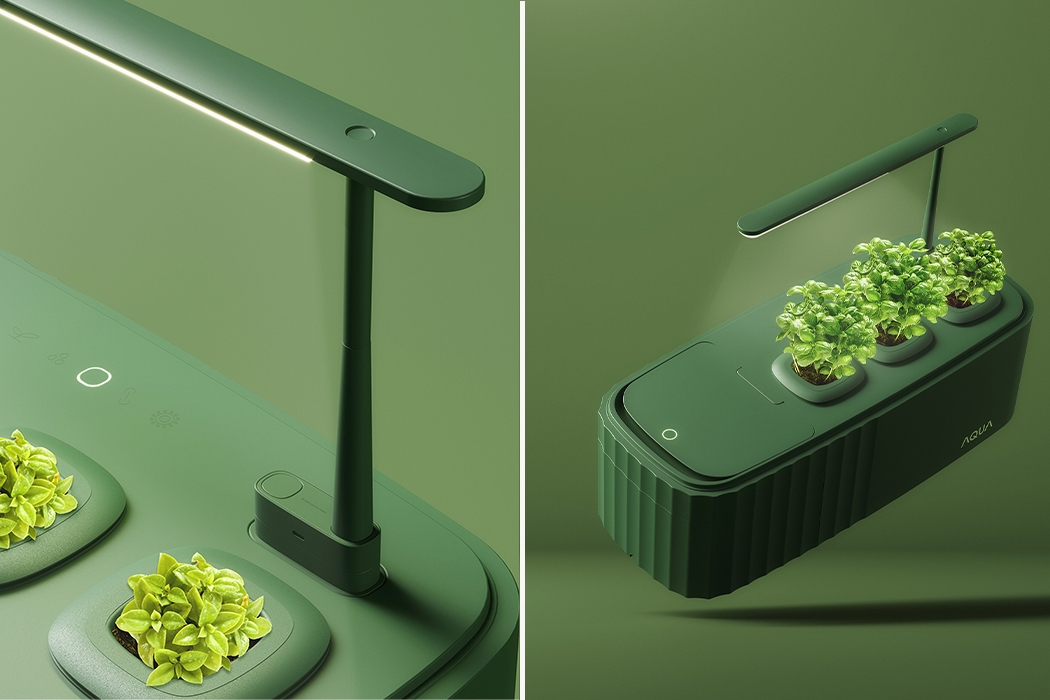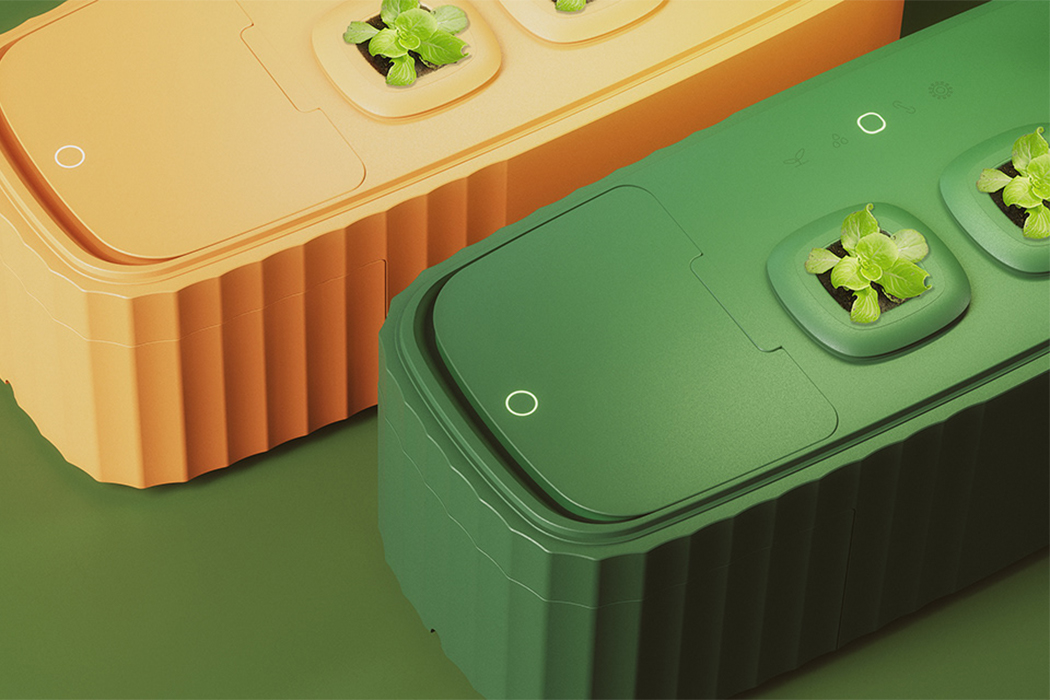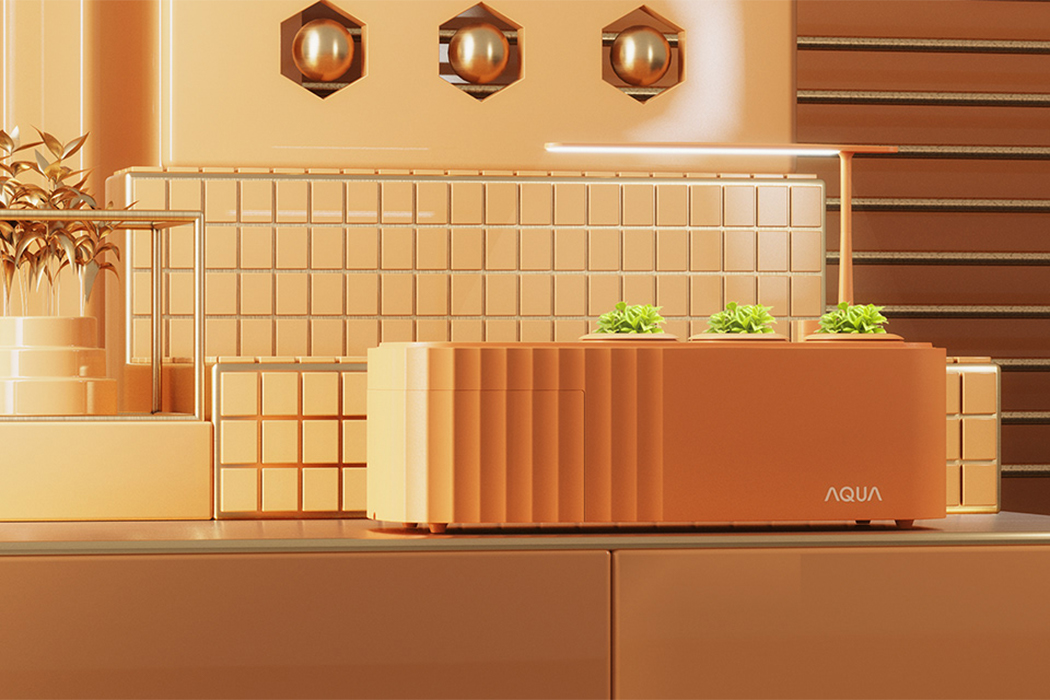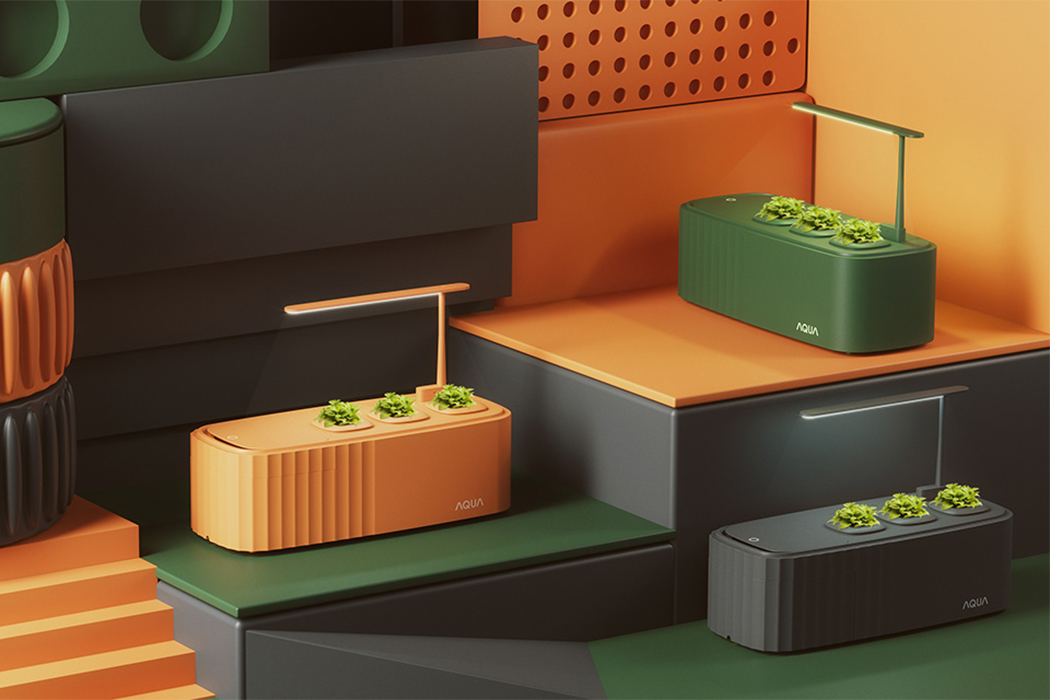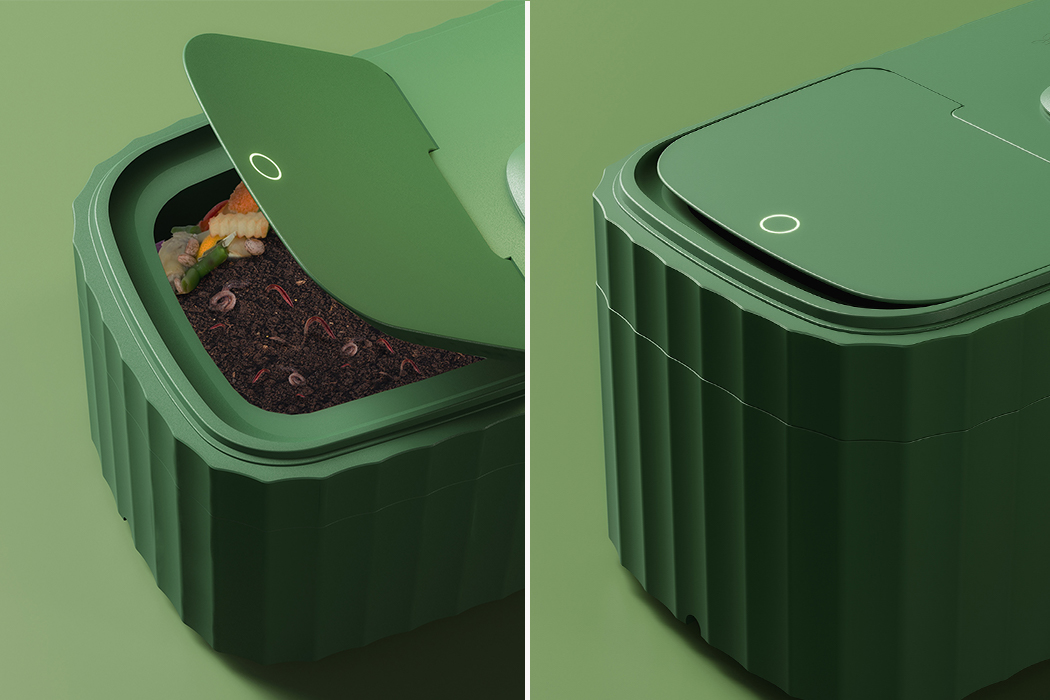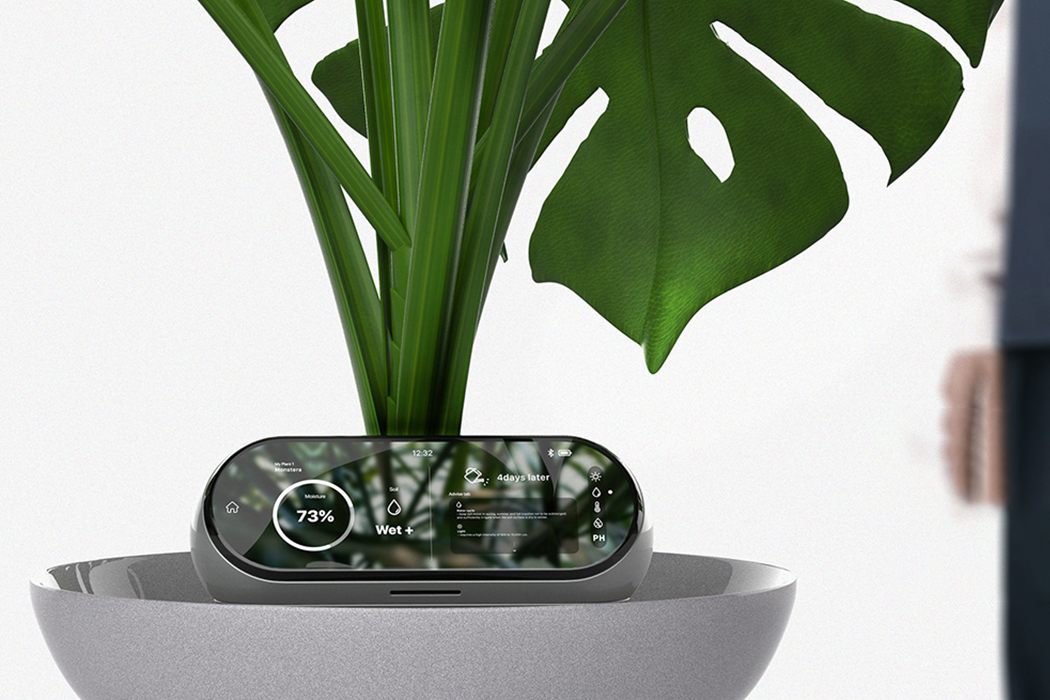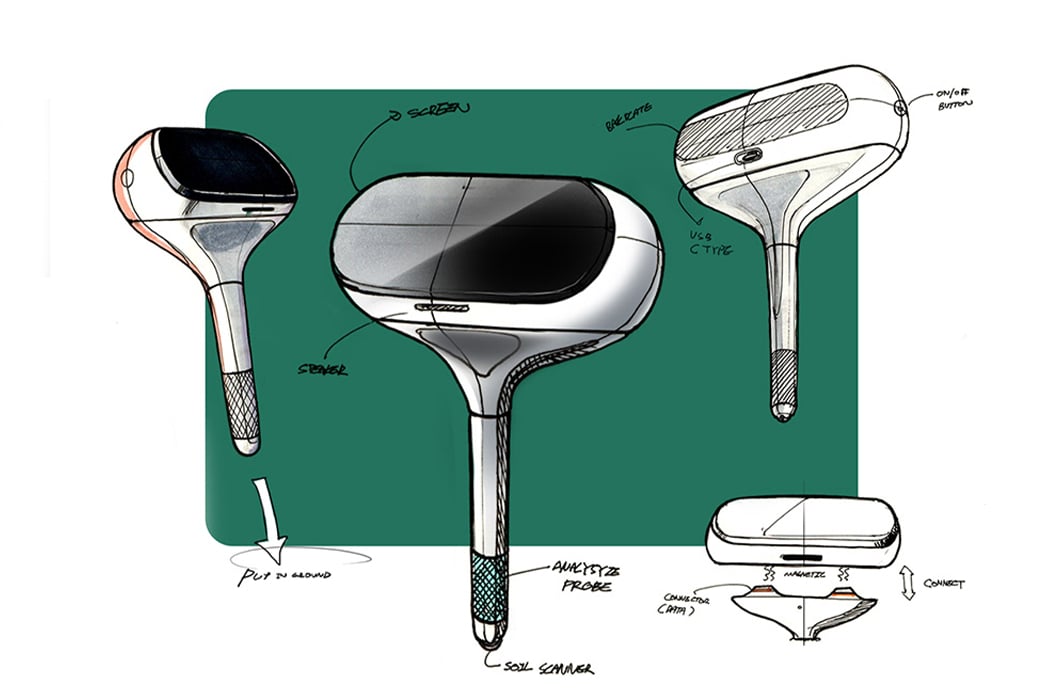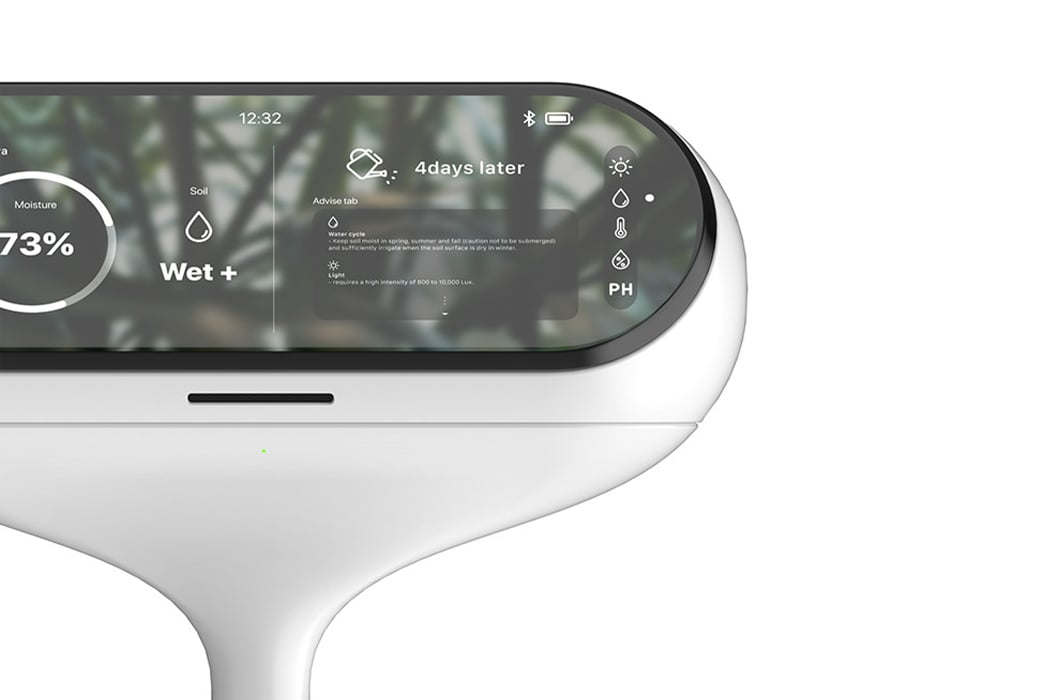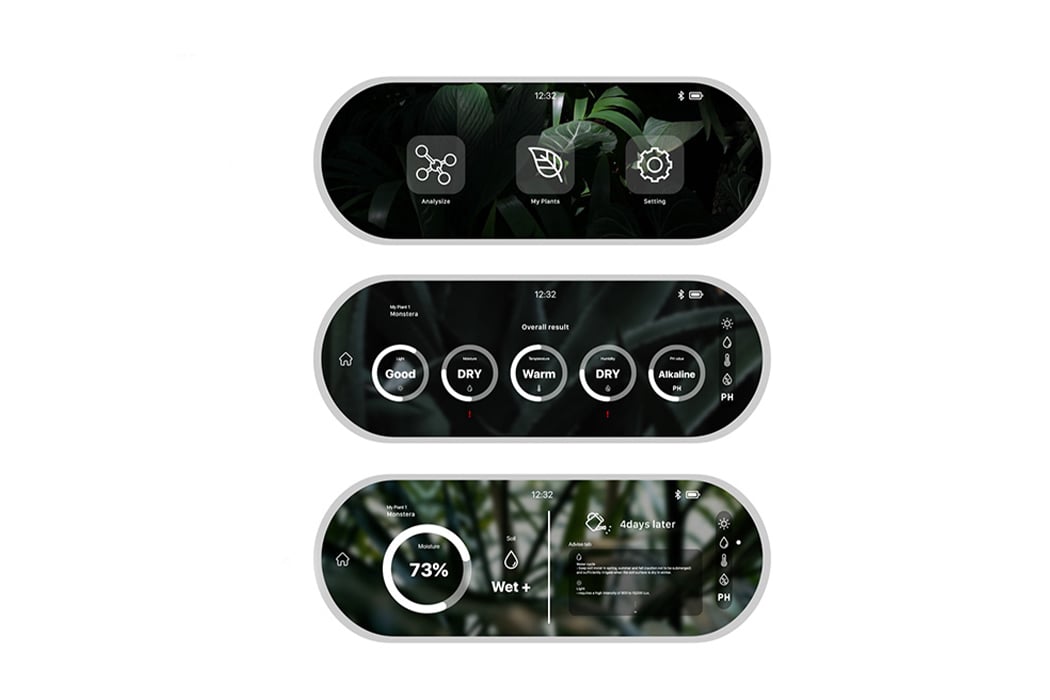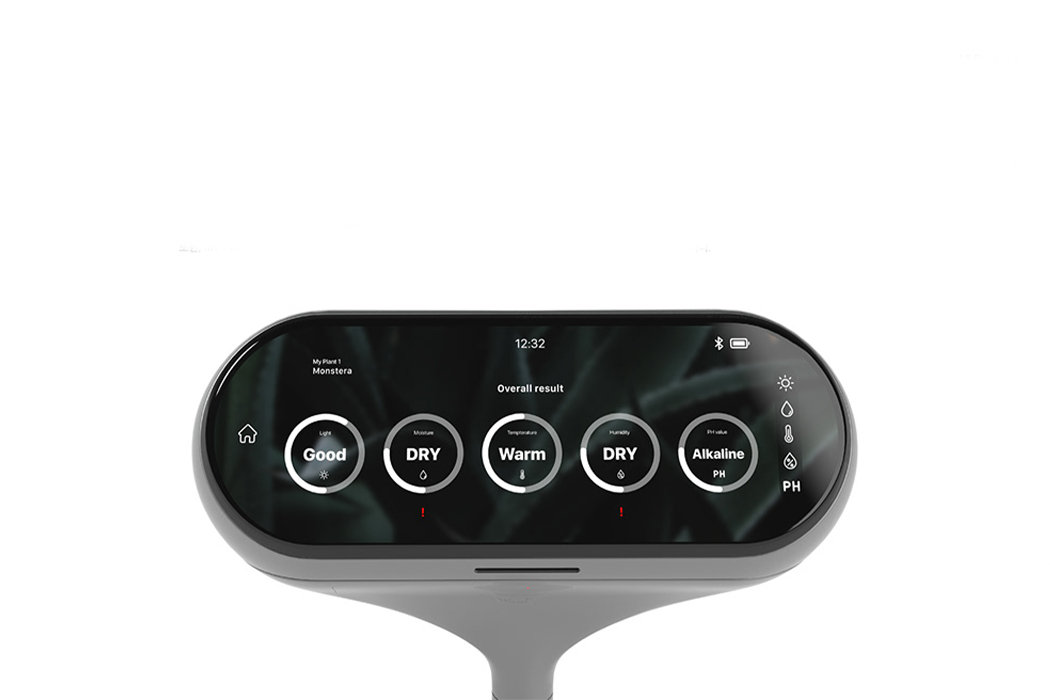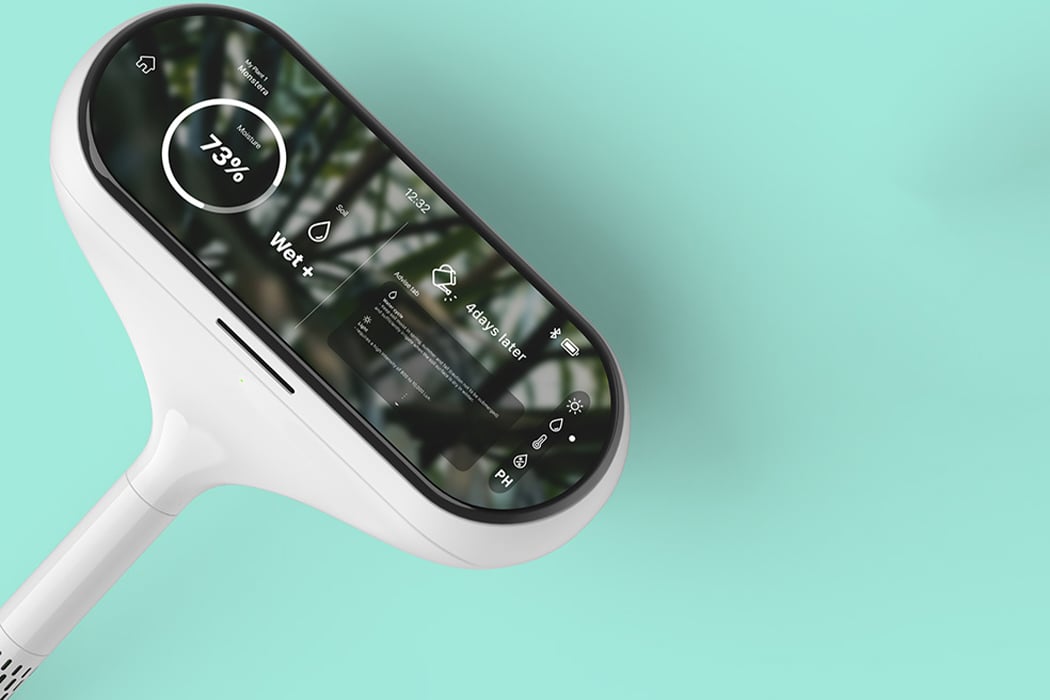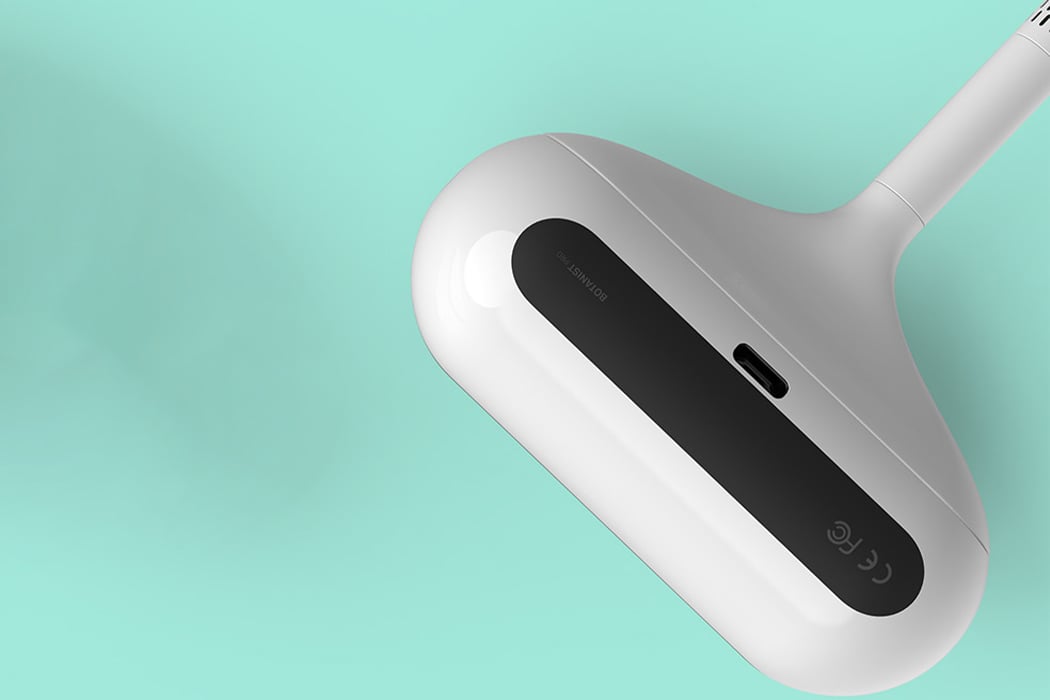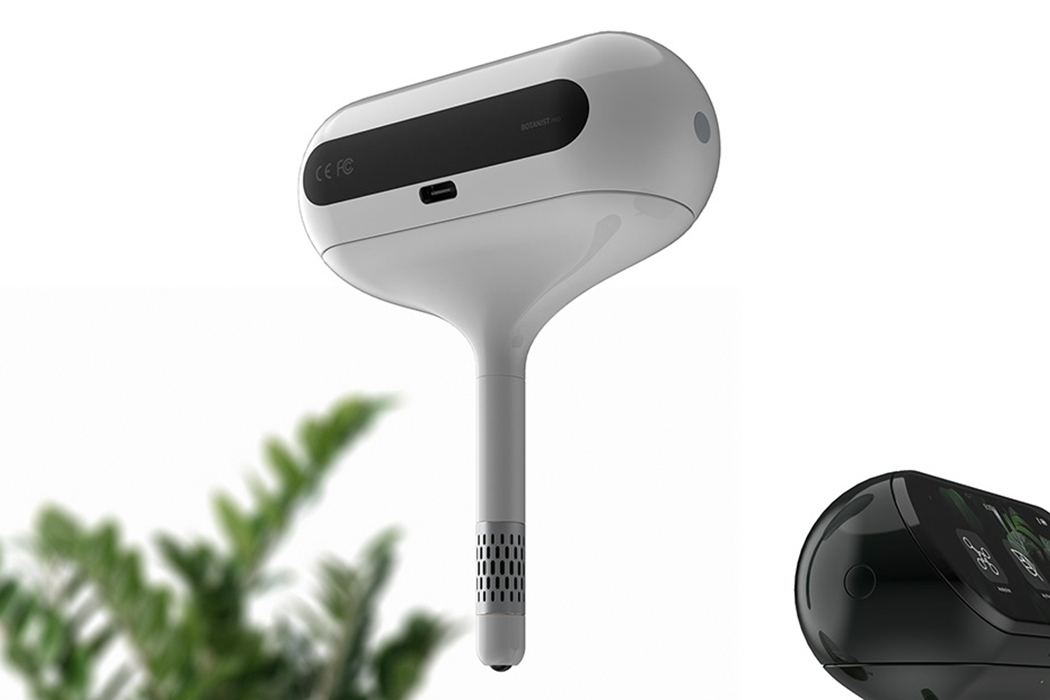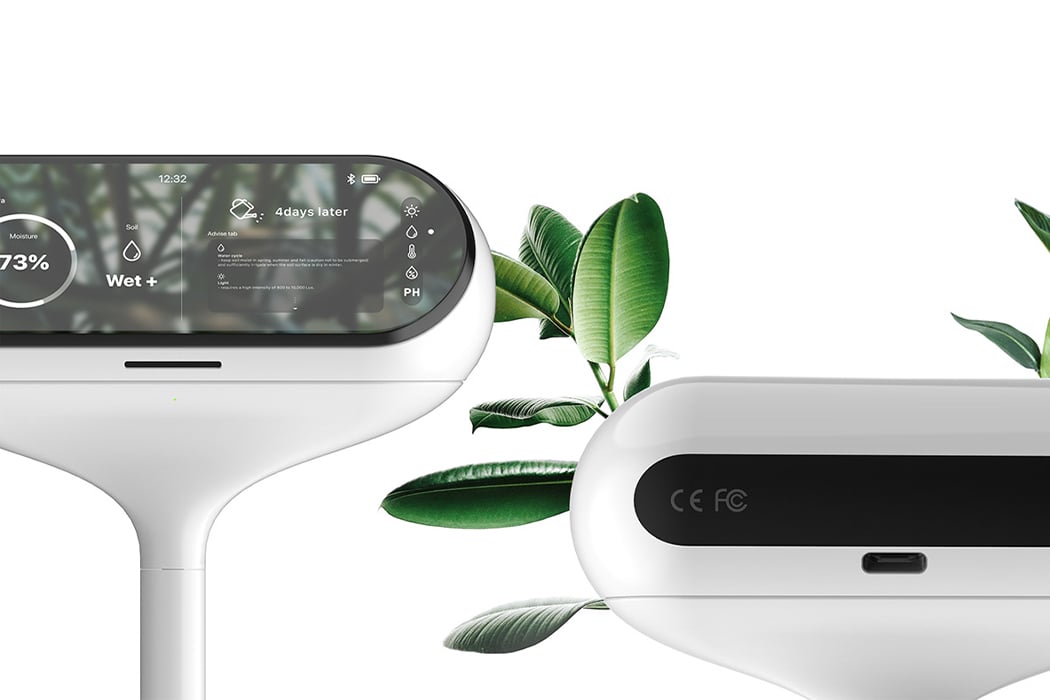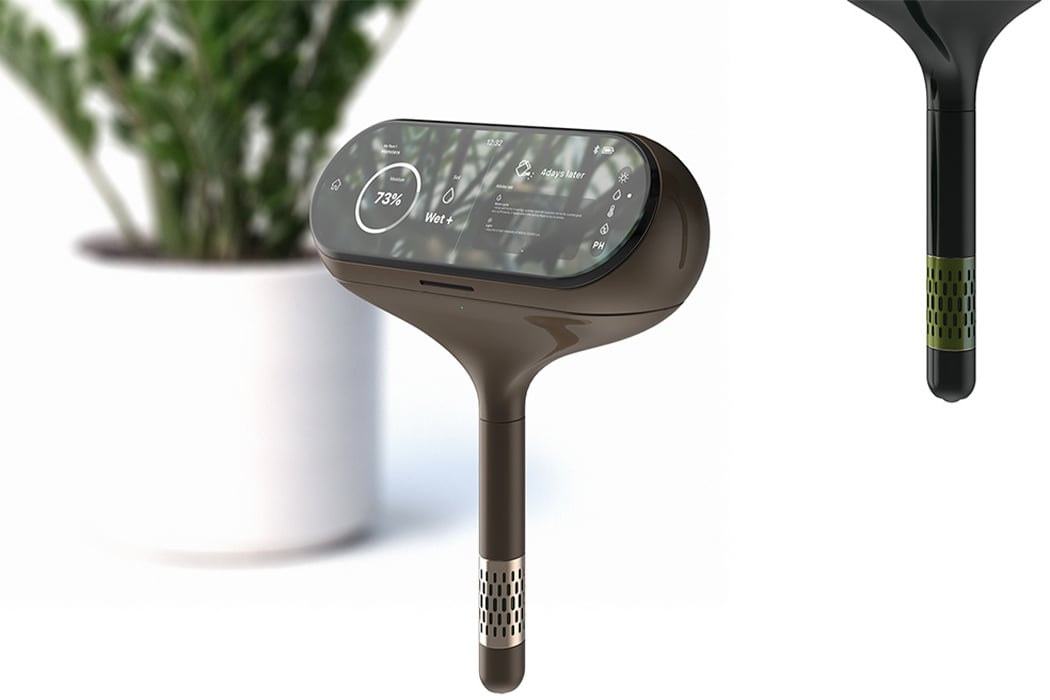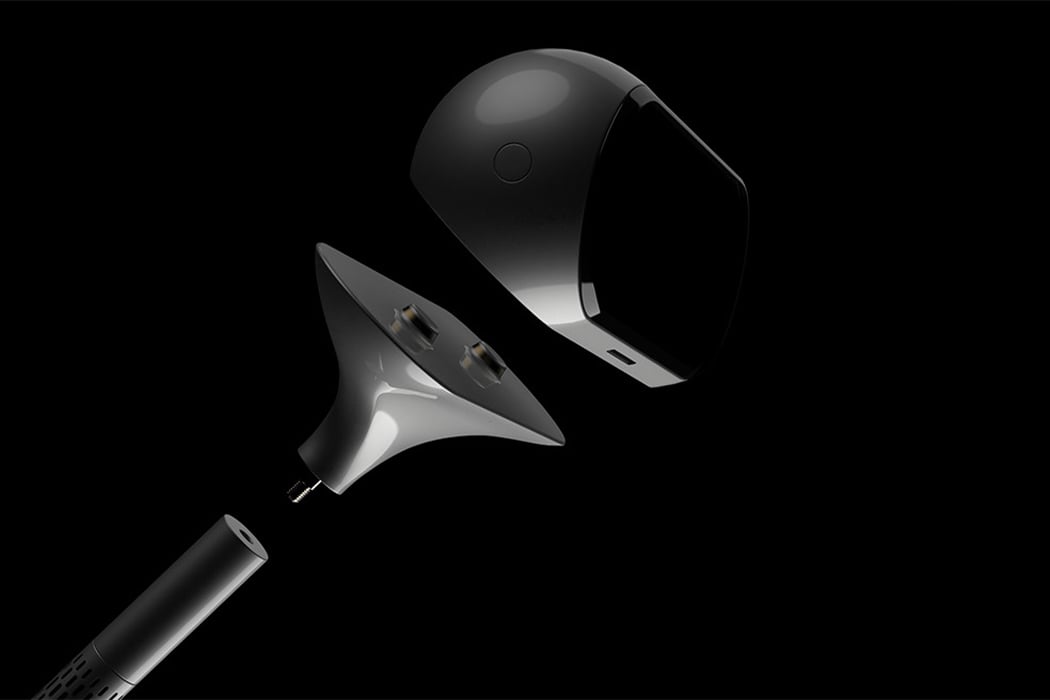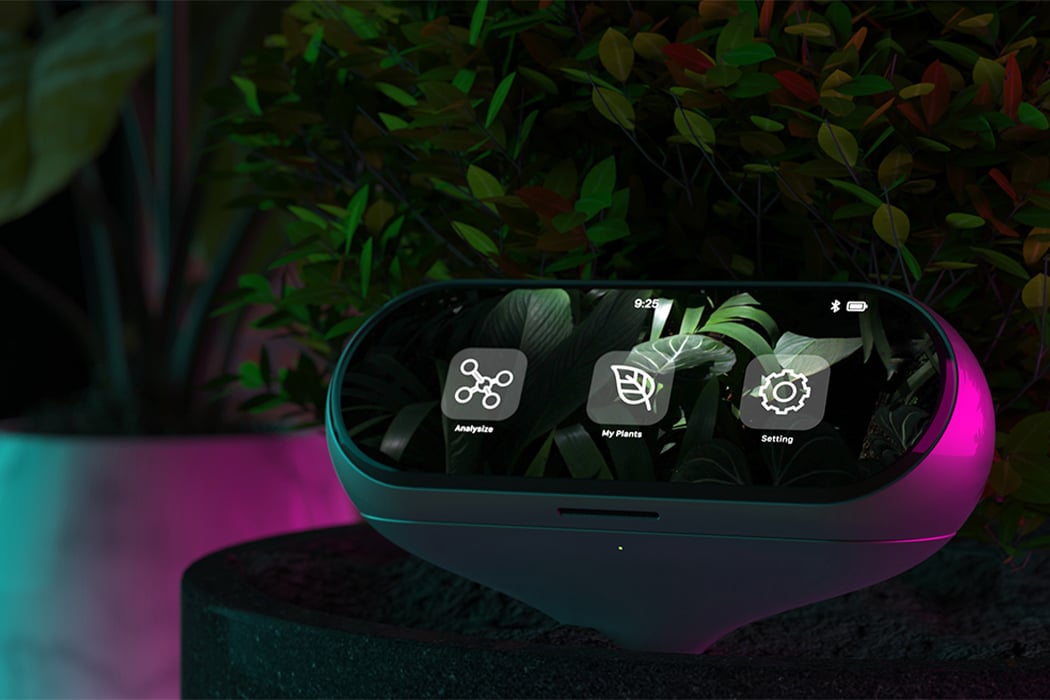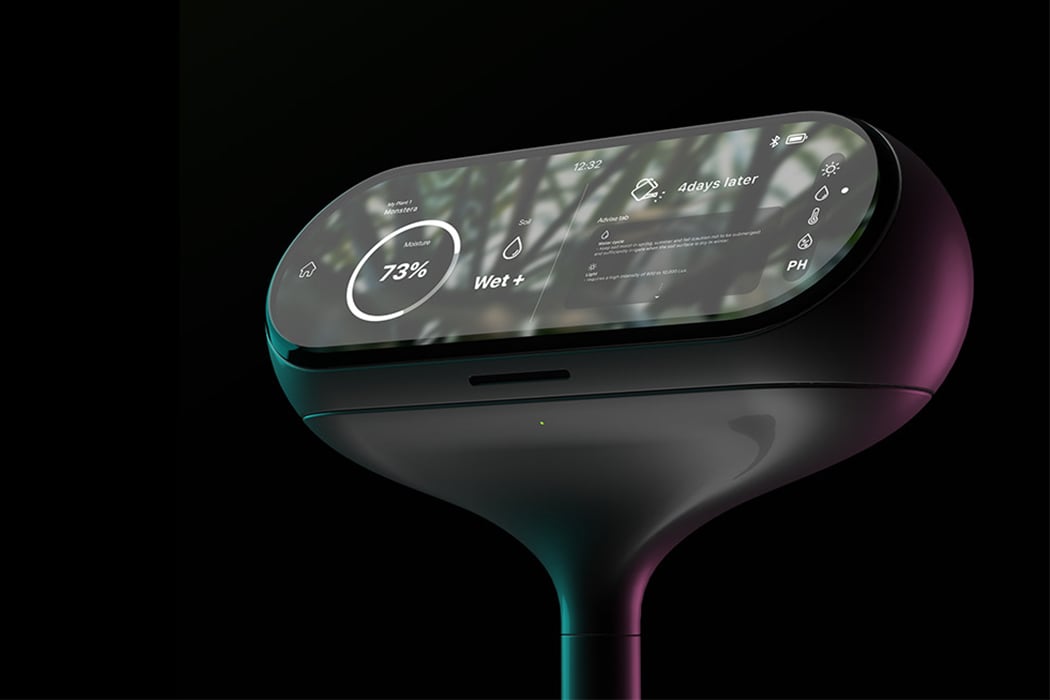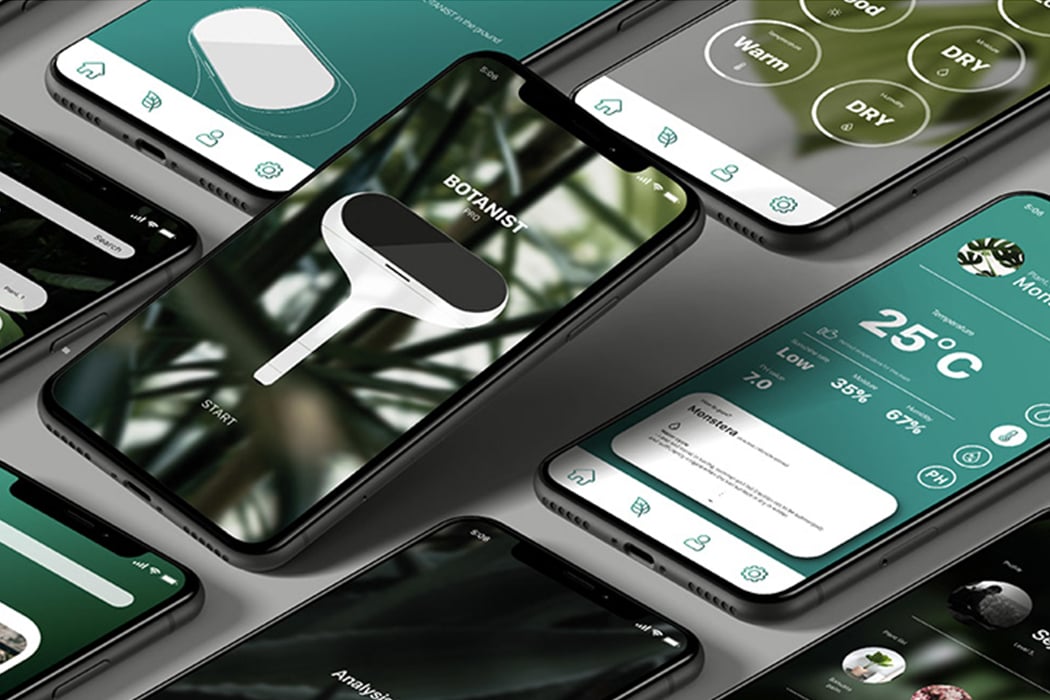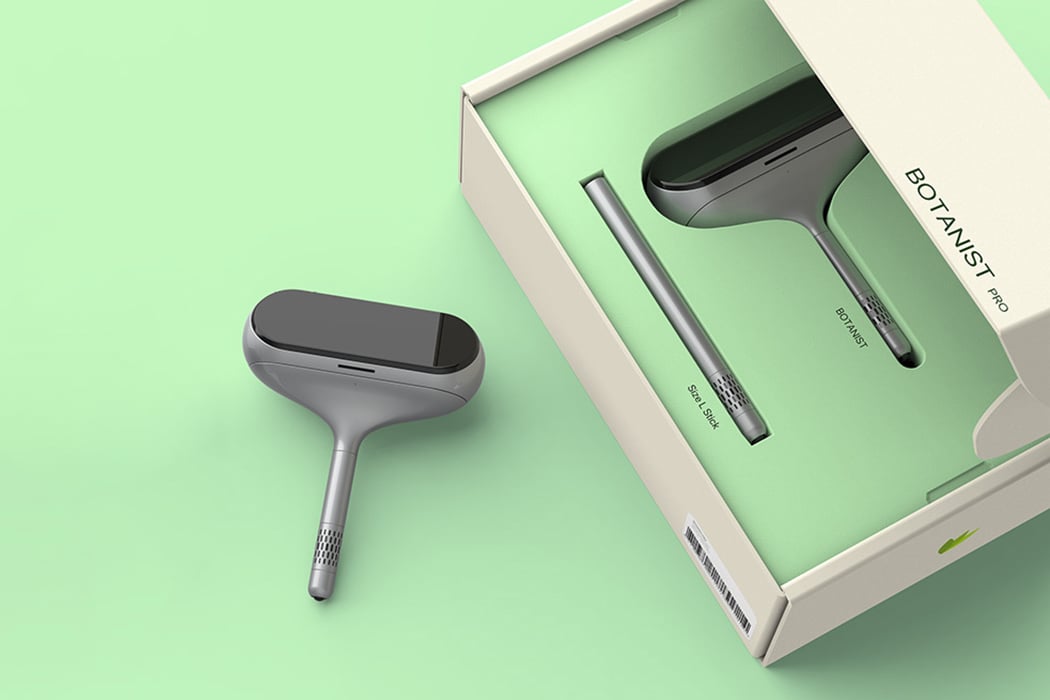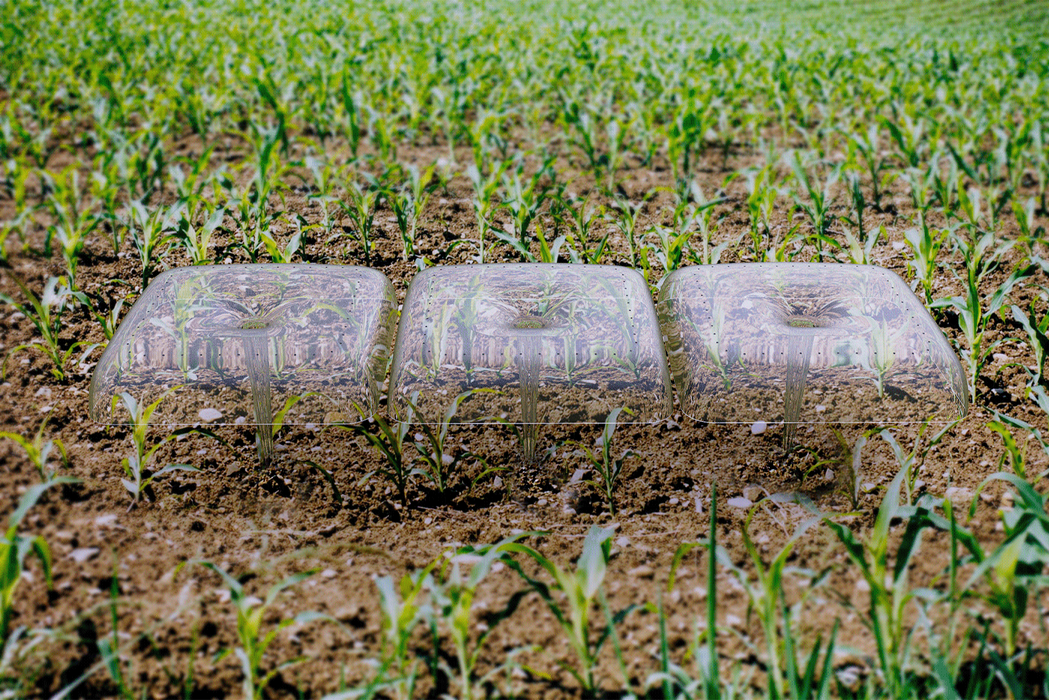
Small-scale gardening systems are taking the design boards by storm, from compact micro gardens to larger smart gardening accessories, plants are becoming more and more popular with each day. They’re so popular, they’ve become their own language entirely, and one of the universal languages of today. But while home gardening and home compost techniques could generally be considered hobbies, farmers might consider the language of plants as an essential part in attaining the fruits of their labor. Plant systems like Agrodome, a modular micro-environment planting system designed by NOS, could provide farmers with more efficient solutions to large-scale germination and maturation of crops.
The process of germination marks the period of development during which a seedling sprouts three to four true leaves, indicating its readiness for transplanting. Transplanting can be an arduous, complicated, and dirty process – I recently transplanted a young white spruce tree in my childhood home’s backyard, whose roots were much longer than I had expected, but as of today, it’s still upright, so fingers crossed. When transplanting anything, it’s imperative to not disrupt the crop’s blooming roots, so it’s a delicate process. Thankfully, Agrodome, while it may not be a plant system designed to grow trees, simplifies the complicated mess that could come with transplanting smaller crops. Agrodome is a transparent, lightweight spike that farmers insert into the soil where seedlings begin their germination process. When the seedlings are first planted into the earth, Agrodome’s spike digs deep into the soil, providing a compact greenhouse effect for the young seedlings. Then, the spike’s domed top incorporates a funnel used to collect and distribute water to Agrodome’s spike, which provides each seedling with ample water to continue germination. Etched along the spike’s edges are cavities that propel collected water directly into the soil for better, quicker absorption and to help moderate and nourish the seedlings closely. Meanwhile, oxygen ventilates through air holes dotted across the perimeter of the cube roof’s rounded edges so plants can produce energy from more direct sources of oxygen
As the seedlings develop and grow taller, farmers can lift Agrodome’s spike accordingly. This way, even when the plant’s leaves grow taller, breathing room is still provided between Agrodome’s interior roof and even the plant’s tallest leaves. In addition to the product’s inherent modularity in changing heights, each piece is stackable for clean and easy transportation or storage. With such a vast array of functions, Agrodome is designed to build modular micro-environments so that the language of plants can adapt over time and be carried out anywhere.
Designer: NOS
